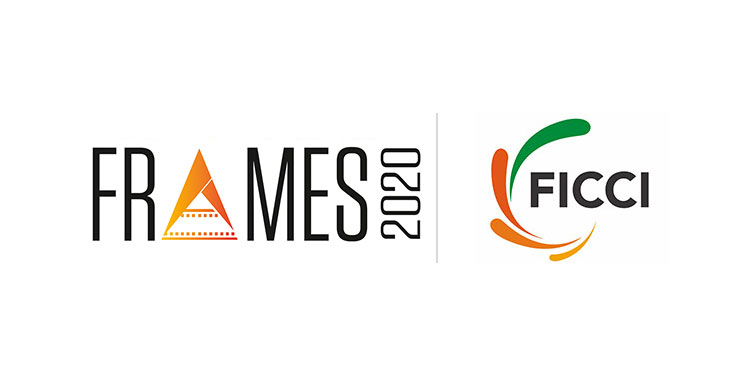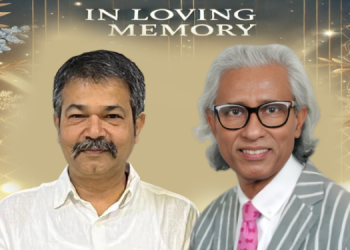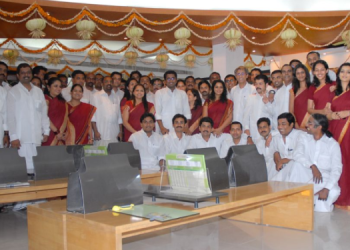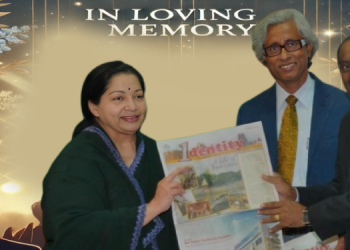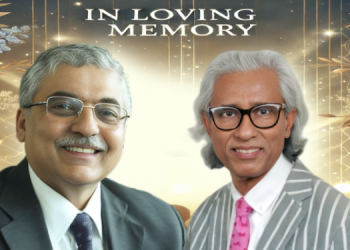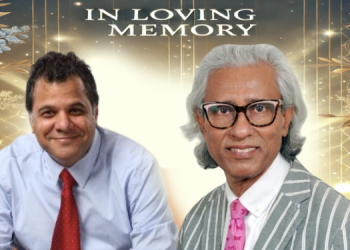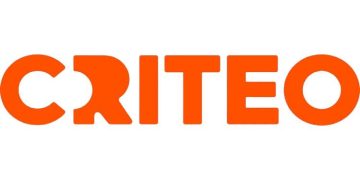Mumbai: Day 2 of one of the most awaited industry forums FICCI Frames which due to the covid-19 crisis has had to adapt to an e-model started off with panel called “The Era of Smart TVs and Interconnected Home Devices Needs Smart Regulations” which was moderated by veteran journalist Vanita Kohli Khandekar, Contributing Editor – Business Standard. The panellist included Megha Tata, Managing Director – South Asia, Discovery Asia Pacific, Vynsley Fernandes, Chief Executive Officer – IndusInd Media & Communications Ltd., Adam Rumanek, Founder & Chief Executive Officer – Aux Mode and Avinash Pandey- Chief Executive Officer at ABP Network.
Setting the context Khandekar spoke about regulation and whether it is OTT versus just regulation per se and what should the industry do going forward.

Adding Vynsely Fernandes said, “I have been across every piece in the value chain, whether news broadcasting or entertainment,HITS DTH platforms and now of course, cable and HITS. I think the biggest challenge that we are facing today as an industry is that technology is racing way ahead of the horses and regulations are not able to keep pace with technology,”.
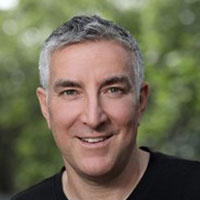
Speaking about the online regulation Adam Rumanek said, “I believe that regulation is to push and we have seen things come and go a lot, one day at one particular point YouTube could have been the master of video and it could have been on every piece of content, audio and video appropriately but they came up with good policy in regulation and content creation. I do believe more regulation online is still a bit of a wild-wild west”
“I personally see more people will be calling online smart TVs with digital streams coming directly into their TVs and these devices are changing everything about distribution and I think to protect the IP holder the content creator. I definitely think it is regulated more globally and there is going to be a lot more platforms coming up in the future that we don’t even know about”, said Adam Rumaneck.
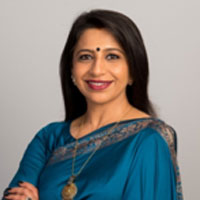
Highlighting the issues faced by broadcasters Megha Tata said, “We have some examples of international broadcasting sectors and India by far is the most regulated, and they need to invest heavily in creating high quality and differentiated content for our consumers. We need to be in that an ecosystem where we are able to deliver that, but unlike any other machine, the regulation does not permit the broadcasters and the owners of the content to frankly do that because the MRP of our products are so regulated, everything we offer whether we want to offer discounts to consumers we are unable to do that and even to do some basic change in our organizations we have to take permissions.”
“I think there is a need for a light-touch policy in the country which we have spoken about in the past and there is a clear sort of request and recommendation to make this industry grow in the coming years” said Megha Tata.

Speaking of how regulation and the industry coexist Avinash Pandey said, “Regulation and the industry have to coexist together and to grow anywhere in the world the regulator’s job is to create a level playing field and to grow industry at an overall level.”
“If you don’t like a channel or don’t like the content, thanks to the government of India you have got 300 channels and you can change the channel so why to complain? But the entire focus today is to regulate what you air on the channel and everybody has a voice of it other than the journalists who are actually risking their life and going out into the public.”
“For example during the Pulwama attack, a soldier was captured by enemy country and there was violence, which was captured on video by any country and it was propagated through Whatsapp, Facebook, Twitter, as well as a responsible broadcaster we were not airing it because it would have other ramifications.”
“Allow people to do their creative work within that freedom of expression within enough laws in India, and make sure that the industry or the business through all of us suffer during COVID, our advertising revenue was down in the first month itself by 70%, news channels were down by 60% to 70%.” said Avinash Pandey.

